Galley Appliance Maintenance: Ranges & Cooktops
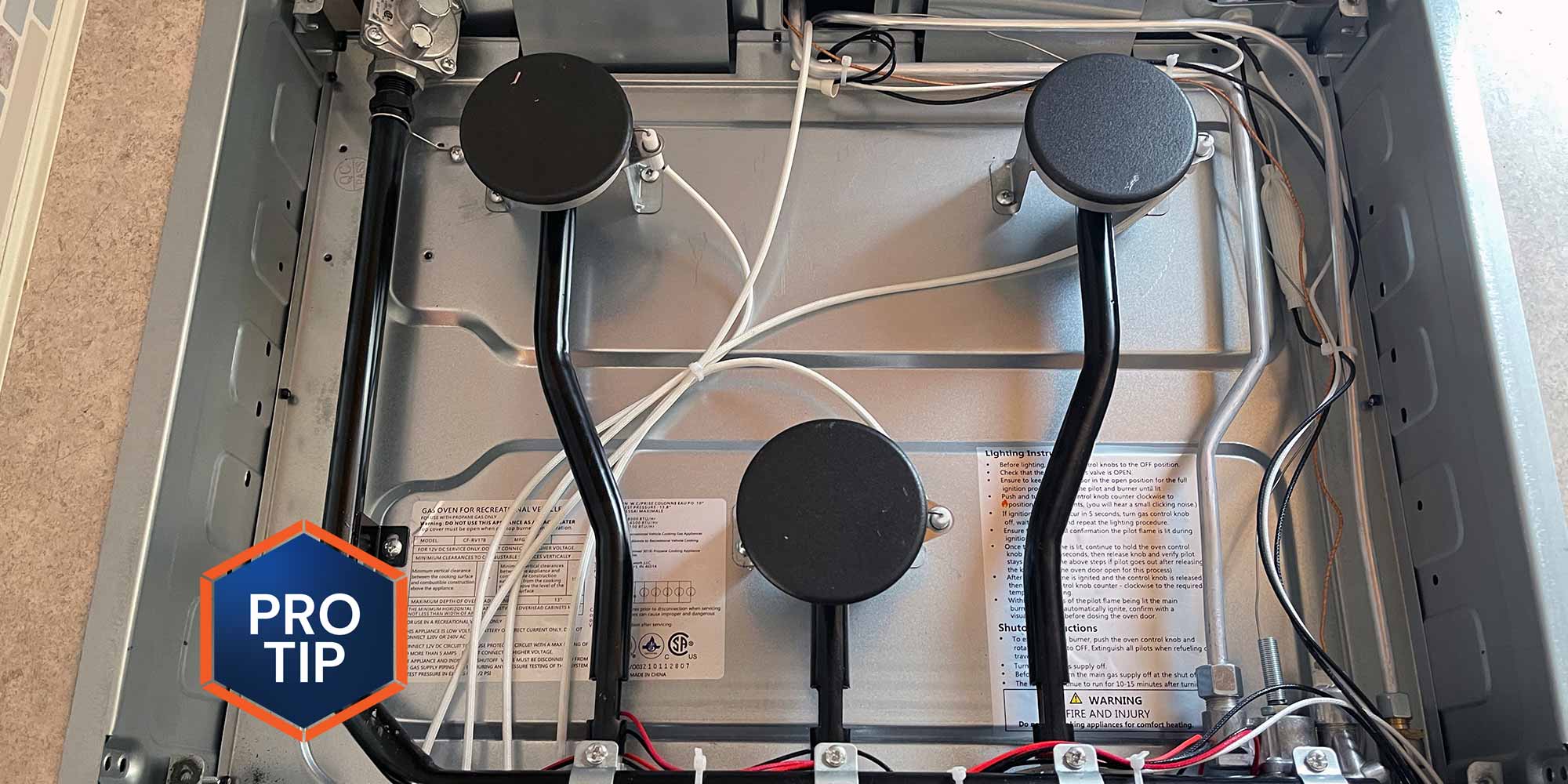
Extending the life of your kitchen equipment isn’t difficult — so long as it’s done on a regular basis
In order for your galley appliances to work properly, their source(s) of energy must be correct and within specifications. Propane-fueled RV appliances are set by the manufacturer to function at 10 to 11 inches of water column (a means of expressing a measurement of pressure). Since the gas inside your LP-gas vessels is pressurized to as much as 250 psi, that’s obviously too much pressure to cook with. The LP-gas system on your RV uses a two-stage regulator to bring cylinder pressure down to an industry-standard 11 inches of water column.
If your propane appliances aren’t functioning correctly, the first thing to troubleshoot is the regulator to ascertain it is operating at the correct pressure — but that’s a topic for another time. For now, let’s focus on some simple maintenance tips to help extend the life of your range and oven.
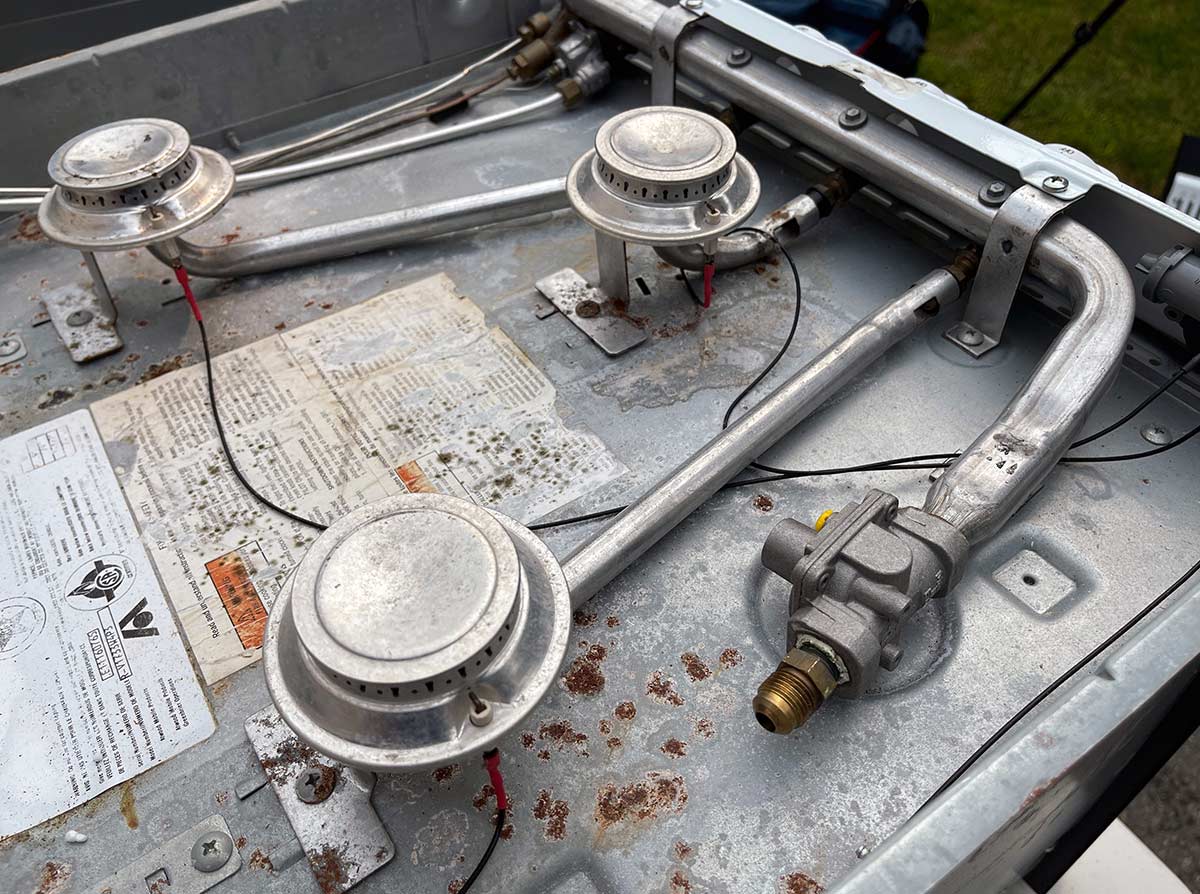
Most gas RV ranges and cooktops are a legacy design, with a pilot-fired oven and manual igniter for the cooktop, with propane entering through a third-stage regulator. The regulator reduces fuel pressure to about 10 inches water column into a fuel rail that feeds the cooktop valves and a thermostatically controlled oven valve with a pilot valve. These ranges are generally available in 17- to 26-inch models, with three burners.
Of course, the last few years have seen a lot of development in this space, and higher-end RVs are getting higher-end cooking appliances. Included are sealed-burner gas units with piezo or electric spark ignition; induction; or combination gas and induction cooktops, often combined with convection microwave ovens.
Maintenance of your range is, first and foremost, dictated by the manufacturer. Since many manufacturers have changed appliance materials, we can no longer offer a one-size fits all approach to maintenance and cleaning the way we could in the past. However, if you have a standard style LP-gas range, there are some things you can do to keep it more functional for the long term.
Cleaning your range — and especially the cooktop, inside and out — is essential. With standard cooktops, the surface is open to the “utility” area underneath around the burners. A boil-over or spill can make for a tremendous mess, especially since there are holes in that space that can allow spills to progress down into the range and the cabinet. A good way to help prevent spill migration and spillage “cooking” onto the metal surface is to line inside the cooktop area with aluminum foil.
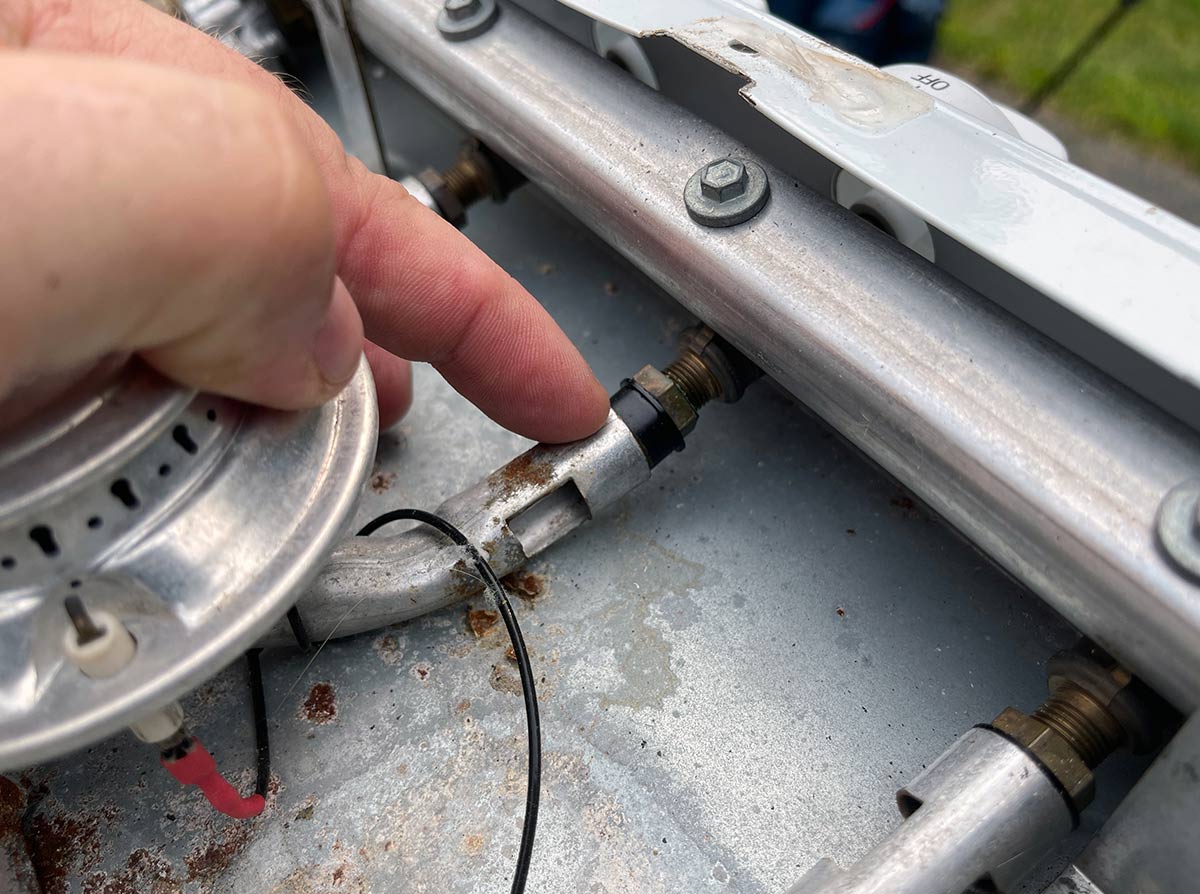
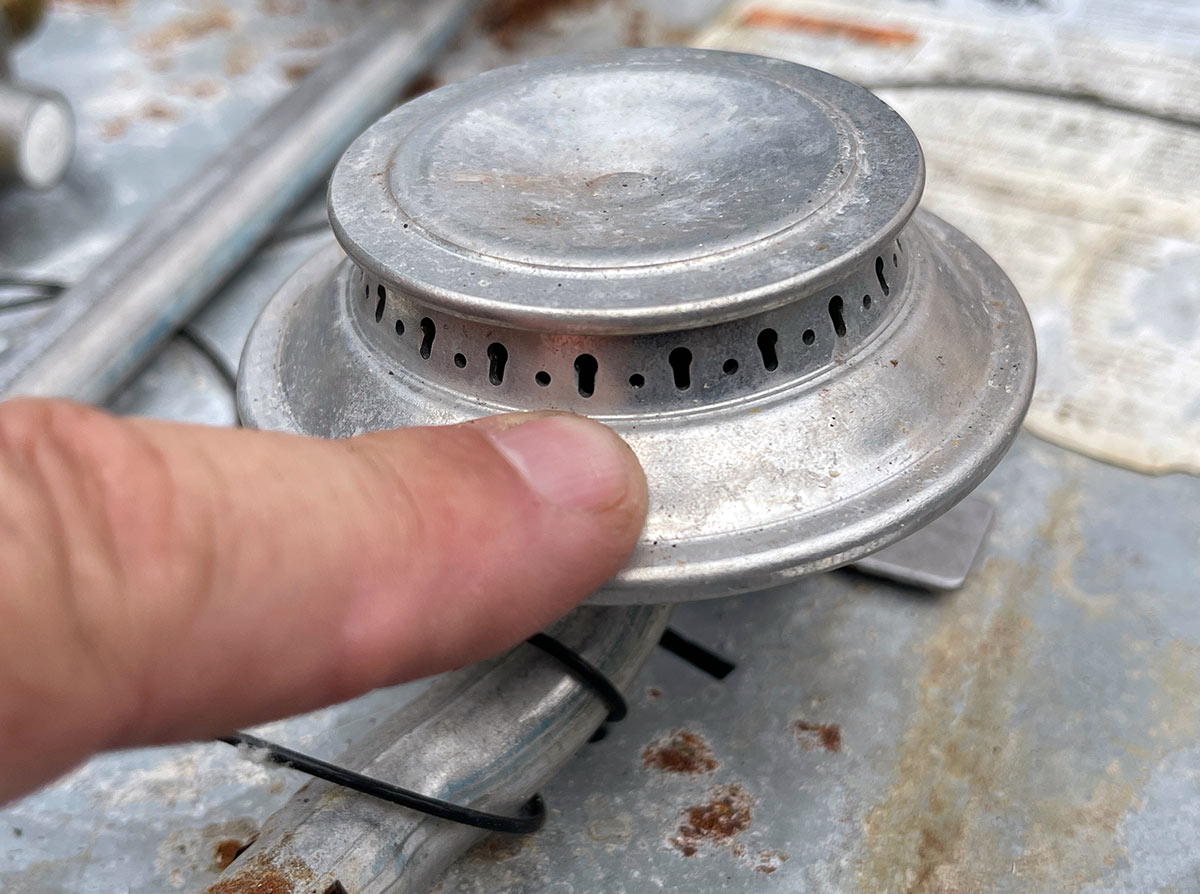
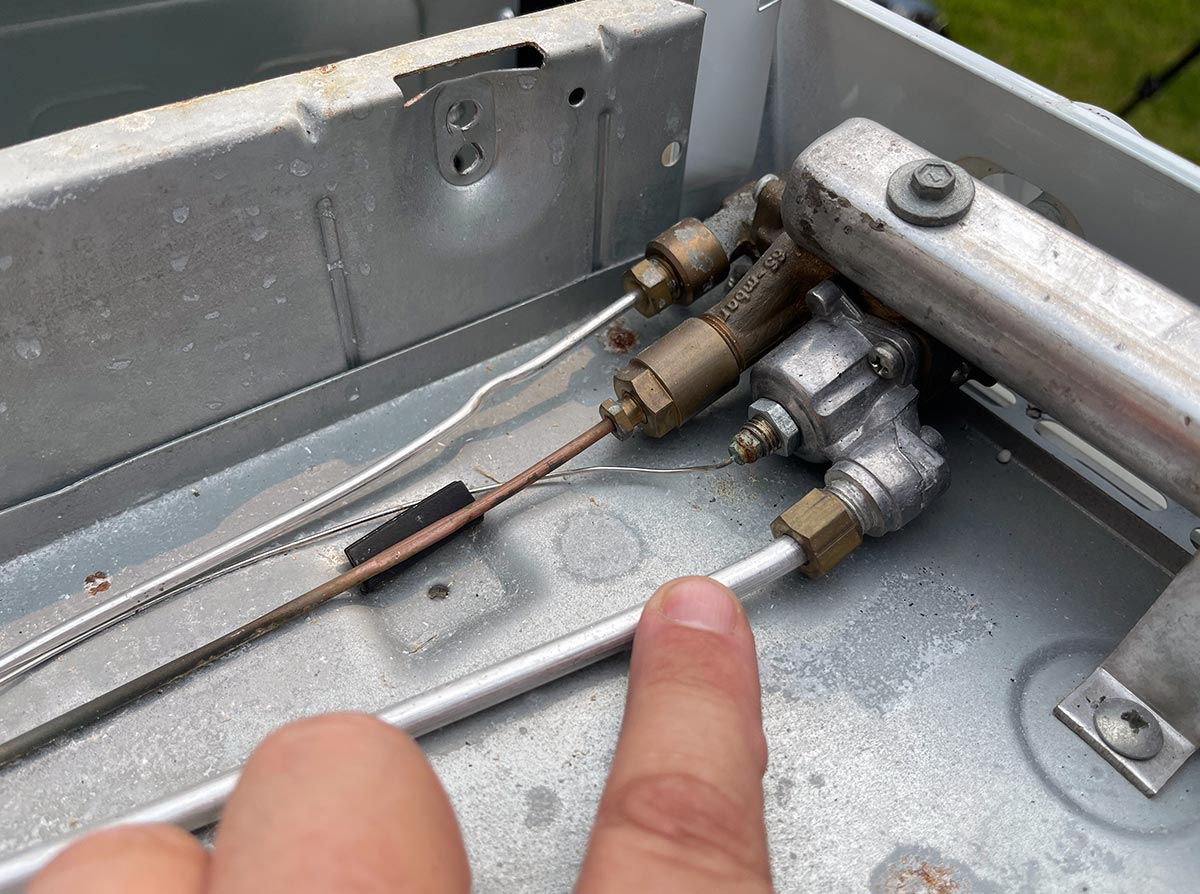
The burners on newer cooktops are solid-state. They can’t be disassembled for cleaning like your range at home. Fortunately, they’re easy to remove and scrub in a bucket of soapy water using a stiff bristle brush if a spill cooks onto the burner and plugs the jets. Just be careful, as they are made of aluminum and can be damaged. Most utilize one screw, and they slide onto the gas orifice on the fuel rail. Be sure to keep the inside of the cooktop as clean as you can, because mice will smell anything leftover and maybe even build a nest in there.
The oven burner and pilot are pretty much protected from spills. The thermal bulb, which senses the temperature inside the oven box, is usually mounted at the rear. It may get dirty; if it does, it can become less accurate. If this becomes a problem, pull the bulb carefully from the back wall and lightly sand it with emery cloth to clean it up.
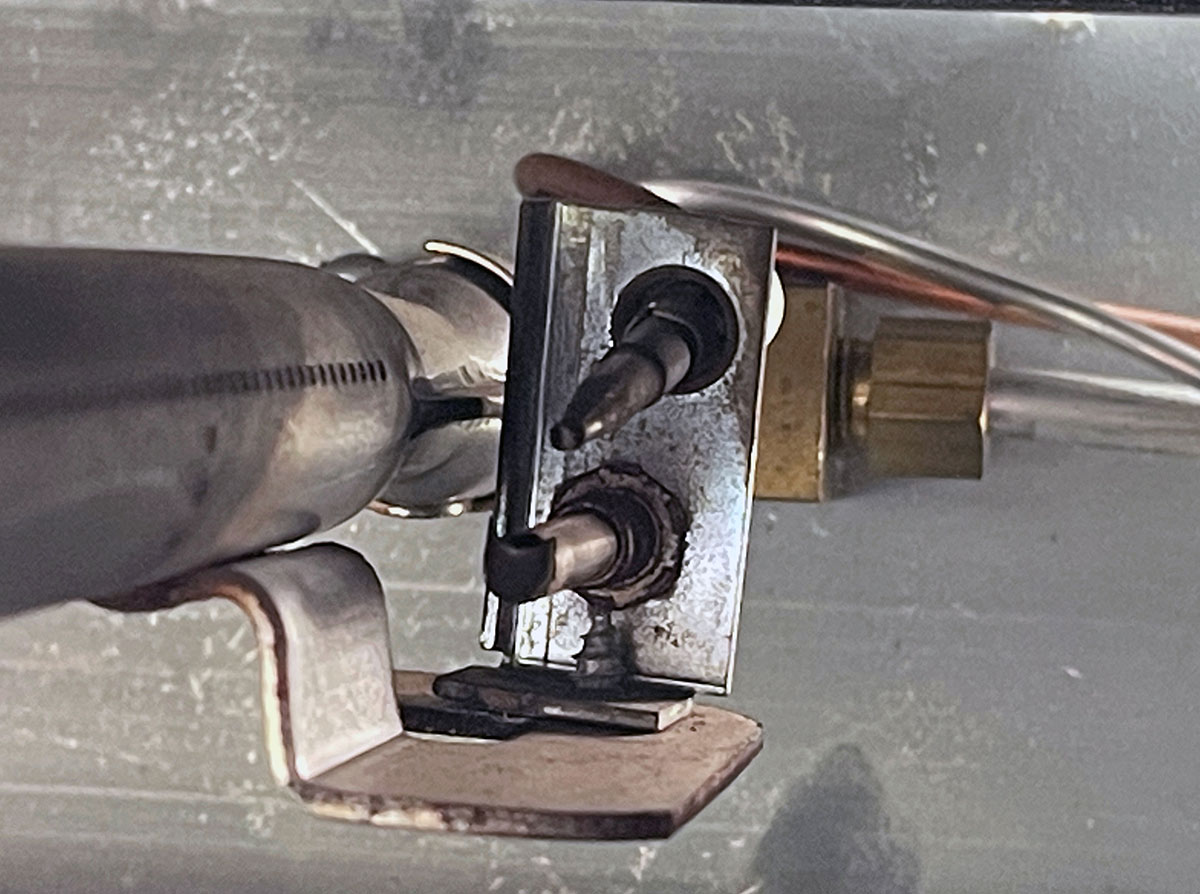

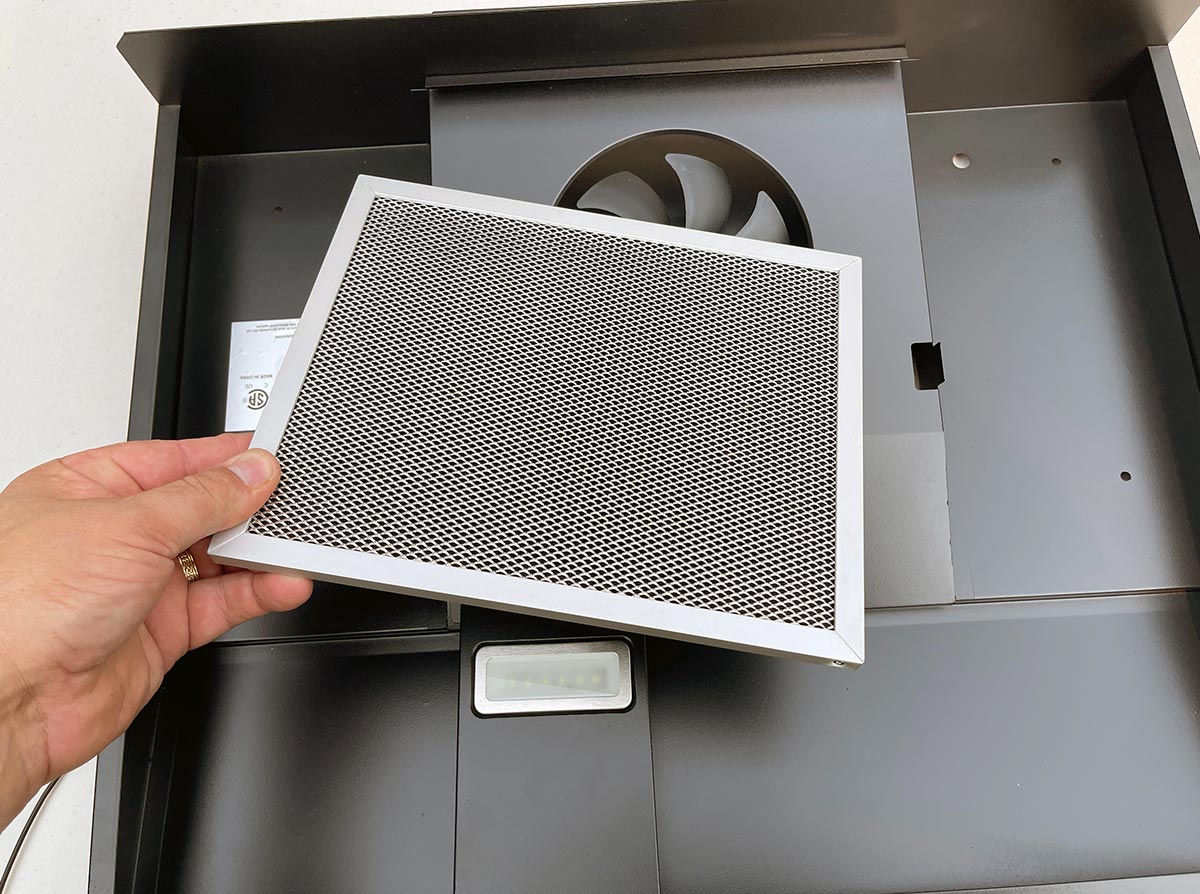
Another concern many folks have is the accuracy of the oven thermostat, or lack thereof. This, frankly, isn’t unusual. Using an oven thermometer will allow you to monitor oven temperatures and adjust accordingly. The diminutive size of the oven box in comparison to larger residential and commercial ovens means the flame is closer to the food and in a tighter space. Hot spots are inevitable.
TIP

Already a Subscriber? Click here for Access to the Full Issues.

